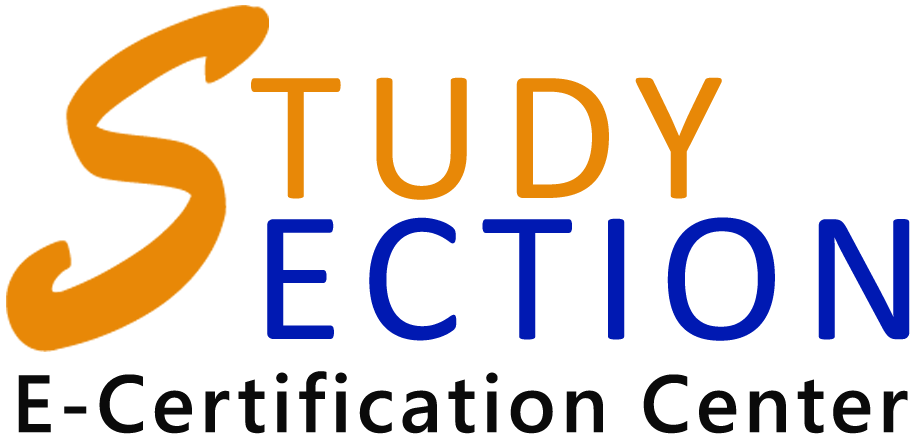A traceability matrix functions as a structured instrument utilized in project management and software development to guarantee the fulfillment and monitoring of all requirements across the project’s lifecycle. It acts as a point of reference, connecting various project components like requirements, design documents, test cases, and deliverables, allowing stakeholders to monitor the development process and ensure consistency with initial objectives. Through associating requirements with specific deliverables and testing tasks, the traceability matrix aids in identifying any gaps, discrepancies, or omissions, thereby streamlining project management and quality assurance efforts. Furthermore, it plays a role in impact analysis by spotlighting the potential consequences of alterations to requirements or project scope. Ultimately, a well-maintained traceability matrix promotes transparency, fosters communication, and enhances accountability among project team members, thereby contributing to smoother project execution and favorable outcomes.
The significance and practicality of a traceability matrix:
Validation of Requirements: The traceability matrix functions as a tool to validate requirements by ensuring that each requirement is associated with a corresponding design element, test case, or another project artifact. This validation process aids in confirming that the project adequately addresses all specified needs and objectives.
Managing Changes: As projects evolve, requirements often undergo changes. It facilitates efficient change management by enabling stakeholders to evaluate the impact of proposed changes across various project components. This ensures that modifications are implemented in a controlled manner, minimizing unintended consequences.
Risk Assessment: Providing a comprehensive overview of the project’s scope and dependencies, the traceability matrix allows stakeholders to identify potential risks associated with incomplete or ambiguous requirements, dependencies, or gaps in project deliverables.
Ensuring Regulatory Compliance: Particularly in regulated industries such as healthcare, finance, and aerospace, adherence to regulatory standards is crucial. This matrix assists in demonstrating compliance by establishing clear connections between regulatory requirements and project deliverables, thereby ensuring that all necessary regulations are met and documented.
Auditing and Reporting: The traceability matrix provides a valuable resource for project audits and reporting. It allows auditors to track the progression of requirements from inception to implementation, providing evidence of compliance with project specifications and standards.



